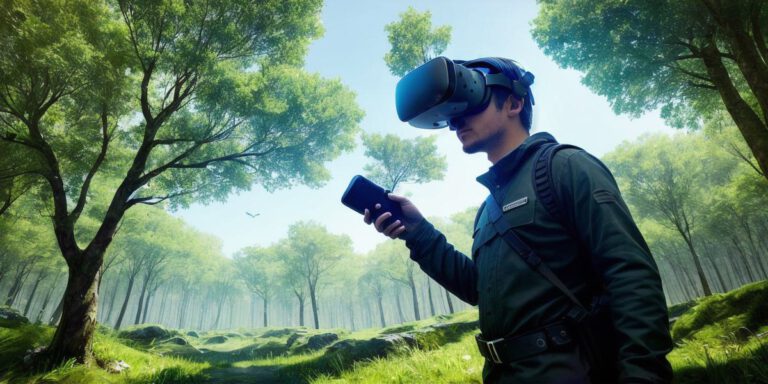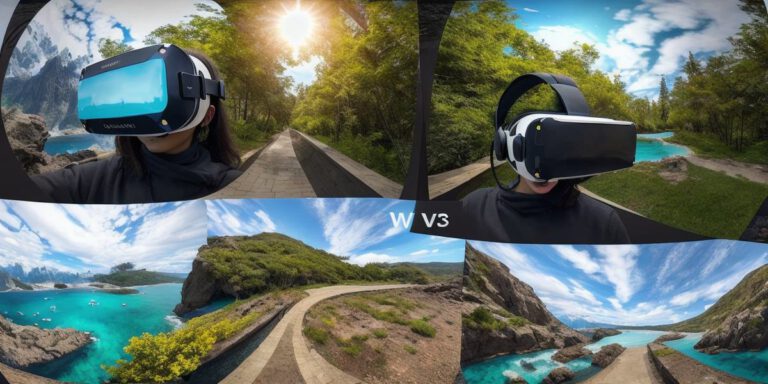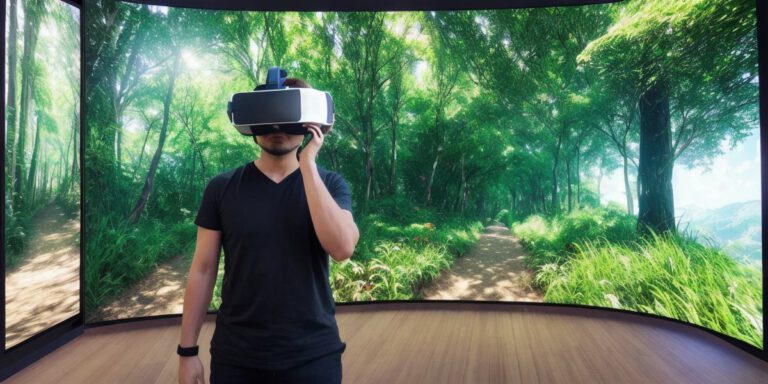Is VR the same as AI? Differences, Applications, Future
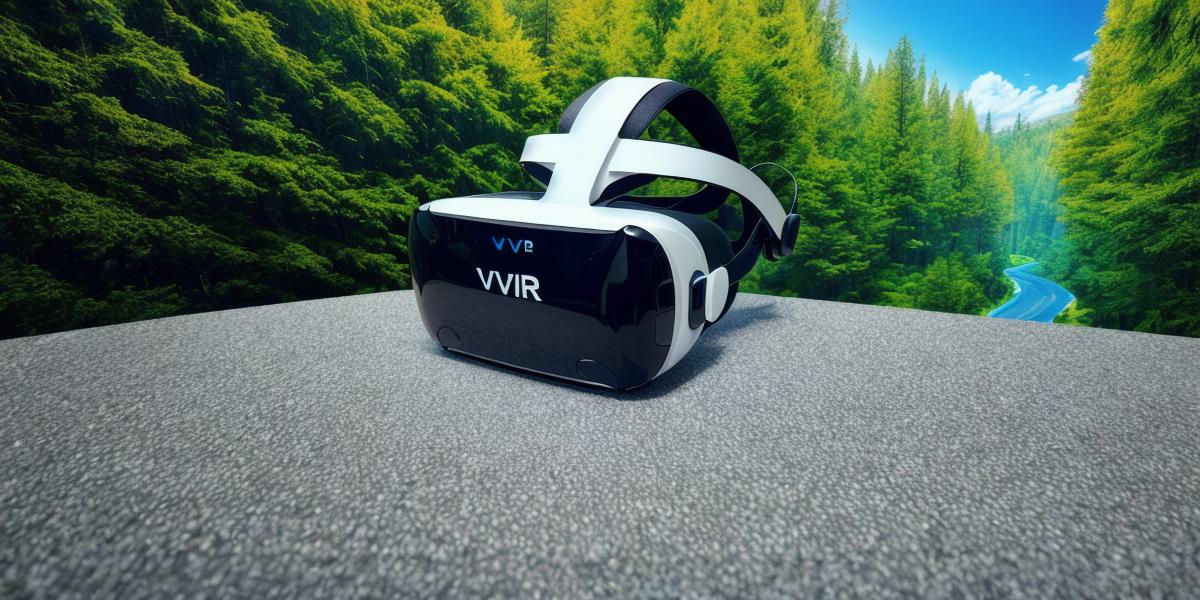
Virtual Reality (VR) and Artificial Intelligence (AI) are two rapidly growing technologies that have the potential to revolutionize the way we live, work, and play. While they share some similarities, they are fundamentally different in their capabilities, applications, and future prospects. In this article, we will explore the differences between VR and AI, discuss their current applications, and examine the possibilities for their future development.
VR vs. AI: What are the Differences?
Virtual Reality is a technology that simulates a 3D environment in which users can interact with digital objects and other virtual beings. It has been around since the 1960s, but it wasn’t until the development of affordable headsets and advanced graphics processing power that VR began to gain traction.
Artificial Intelligence, on the other hand, is a branch of computer science that focuses on creating intelligent machines that can perform tasks that would normally require human intelligence. This includes natural language processing, image recognition, decision-making, and learning from experience.
One key difference between VR and AI is their level of interaction with the real world. VR is designed to create a virtual environment that users can interact with in real-time, while AI operates behind the scenes to automate tasks and make decisions.
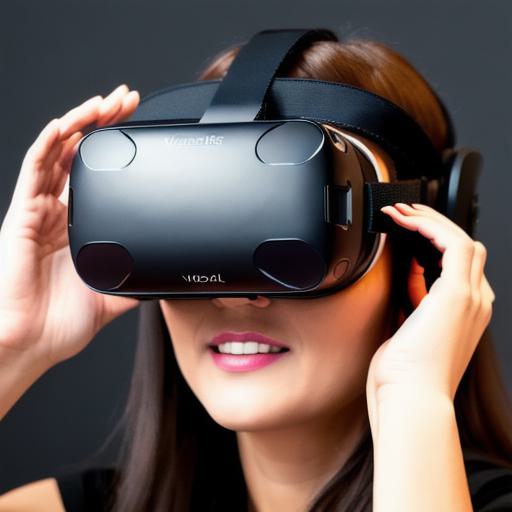
Another difference lies in their ability to adapt and learn. While VR is limited by its programming and cannot improve on its own, AI has the potential to continuously learn from new data and experiences. This allows AI systems to become more accurate and efficient over time.
Applications of VR and AI
Virtual Reality is currently being used in a variety of industries, including gaming, education, healthcare, and entertainment. In gaming, VR offers an immersive experience that allows users to feel as though they are part of the game world. In education, VR can be used to create virtual field trips or simulations that allow students to learn about history, science, and other subjects in a more engaging way. In healthcare, VR is being used for pain management, physical therapy, and even surgical training.
Artificial Intelligence is also being applied across many industries, including finance, healthcare, retail, and manufacturing. In finance, AI can be used to detect fraud, predict market trends, and automate customer service. In healthcare, AI is being used to diagnose diseases, develop personalized treatment plans, and even predict patient outcomes. In retail, AI can be used for inventory management, product recommendations, and personalized marketing. In manufacturing, AI can be used for quality control, predictive maintenance, and supply chain optimization.
Future of VR and AI
The future of VR and AI is exciting and full of potential. As technology continues to advance, we can expect to see even more innovative uses for these technologies. For example, VR may one day be used for remote collaboration, allowing teams from different parts of the world to work together in a virtual environment. AI may also be used for tasks such as space exploration and environmental monitoring.
However, with great power comes great responsibility. As these technologies continue to develop, it will be important to ensure that they are used ethically and responsibly. This includes addressing concerns about privacy, bias, and job displacement.
Conclusion
Virtual Reality and Artificial Intelligence may seem like two unrelated technologies, but they share a common goal: to create more efficient, effective, and engaging experiences for users. While they have different capabilities and applications, their potential for the future is enormous. As virtual reality and artificial intelligence continue to evolve, we can expect to see even more exciting developments in these fields.
